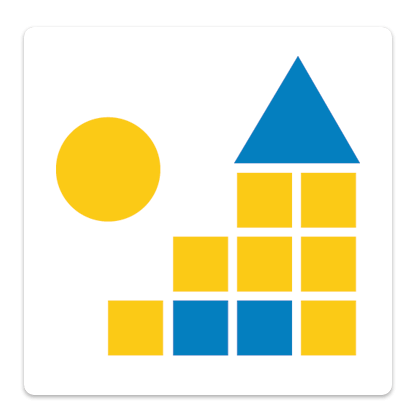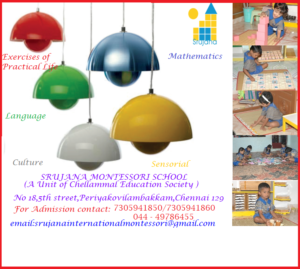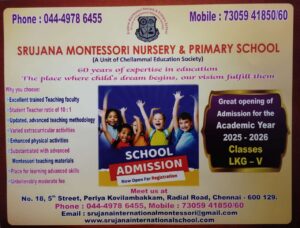Elementary
Overview
The Elementary program, for students 6 – 12 years old, is organized as two three-year cycles:
- Lower Elementary for 6-9 year olds and
- Upper Elementary for 9-12 year olds.
As in the Primary classes, students spend all three years in the same class, building community with one another and deepening relationships with teachers.
Elementary age children continue to learn through the use of concrete materials as they move gradually toward more and more abstract thinking. The Elementary lessons and materials are multi-sensory,dramatic, and impressionistic, serving to ignite the imagination and curiosity of the students.
Curriculum :
The spiral curriculum of the Montessori classroom exposes students to many interrelated topics repeatedly over time. With each repetition, children build on the knowledge they already have about a topic, delving deeper into the details and seeing the connections more clearly. This connection between topics and the building of information little by little leads to a real depth of understanding of our complex world.The Montessori curriculum has five main areas :
Practical Life :
Elementary students engage in building practical skills such as cooking, organizing fund raising activities, and time management. Each student is accountable for completing her class work in the time allotted, and confers with her teachers weekly to chart her progress. As children get older, they are given more and more responsibility in planning and executing their weekly tasks.
Language :
Writing with clarity and reading with fluency are important goals of the Language curriculum. In reading, students continue to work on decoding and fluency, semantics and syntax, vocabulary, literature and genres, and research skills. Writing focuses on composing words, the writing process, the mechanics of handwriting, conventions and punctuation, spelling, and organizing ideas. Grammar topics include parts of speech, sentence analysis and advanced verb study.
Math :
An understanding of the process takes precedence over memorization in the Math curriculum. Concepts are presented in the most concrete way possible before proceeding to the steps leading to the abstraction of those concepts. The use of concrete materials in the Math curriculum ensures that students gain an understanding of concepts that will support their memorization of facts and their gradual shift to abstraction.
Topics in Math include basic operations, word problems,estimation, fractions and decimals, solving for an unknown, lines and angles, plane figures, math facts tables, squares and cubes, positive and negative integers, mixed numbers, triangles and circles, calculation of area, the volume of prisms, and the theorem of Pythagoras.
Role of an adult :
In a Montessori Environment there is no teacher. Adults are facilitators. They design, direct and demonstrate for the child. They show the child a lesson and leave the lesson for the child to master on her own – when she’s ready.
Adult demonstrates the correct use of materials as the children individually choose them, carefully watches the progress and keeps a record of their work. Individual children’s total development as well as their progress toward self-discipline is carefully guided by the directress, who prepares the environment, directs the activities and offers each child enticement and stimulation.


